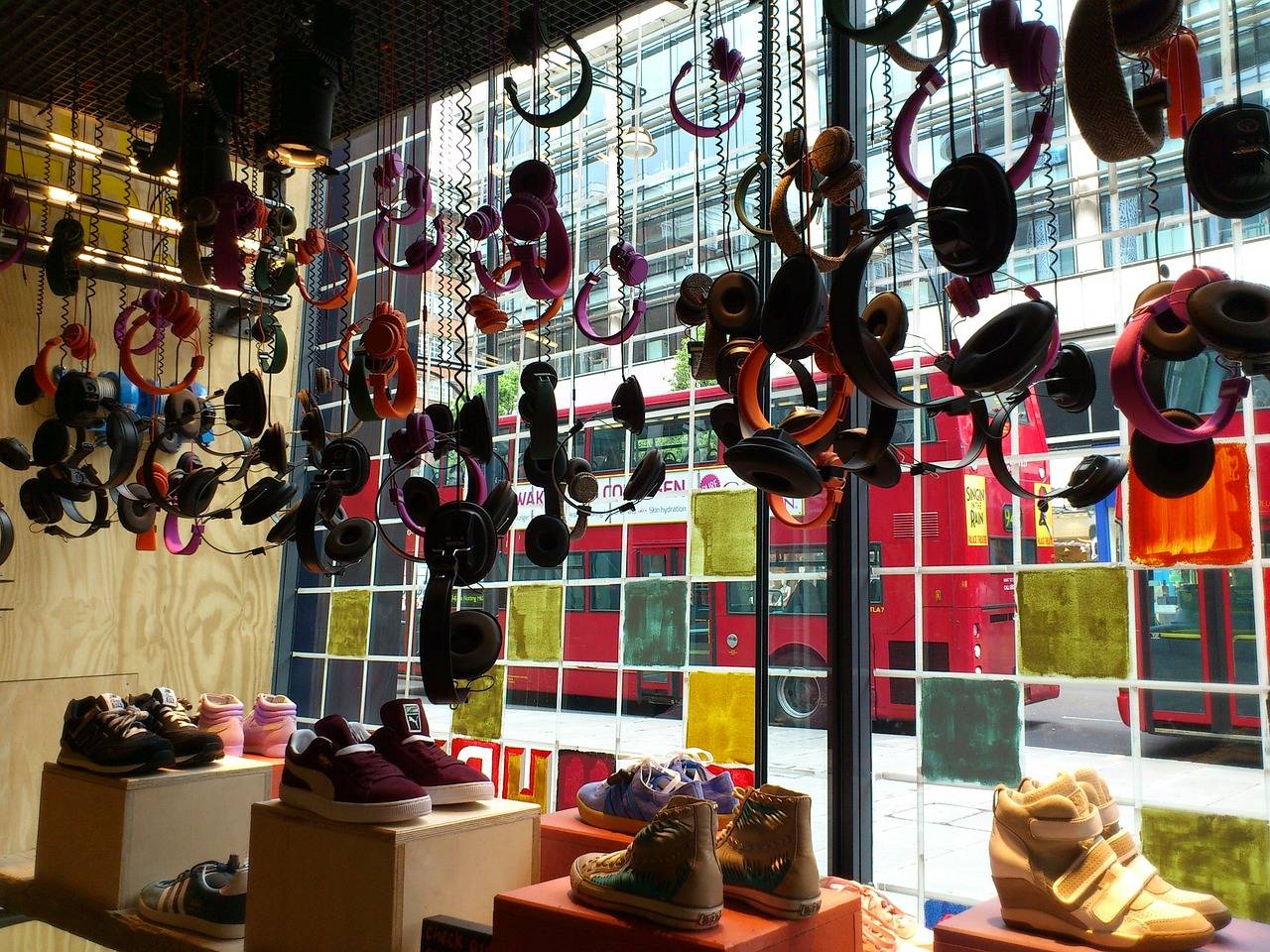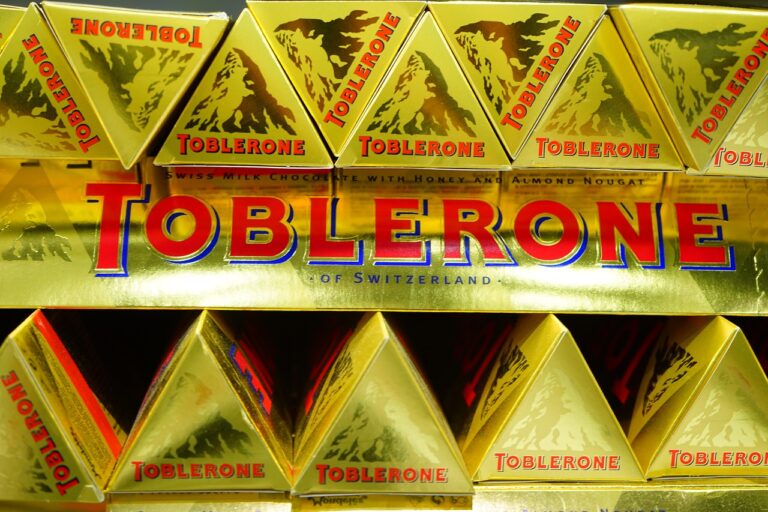The Role of Gamification in Loyalty Programs: Engaging and Rewarding Customers
Gamification in loyalty programs offers a myriad of advantages for businesses aiming to enhance customer engagement and loyalty. By incorporating game-like elements such as challenges, rewards, and leaderboards, companies can create a more interactive and enjoyable experience for their customers. This increased engagement often translates into higher customer retention rates and increased brand loyalty.
Moreover, gamification can also help businesses gather valuable data and insights about their customers’ preferences and behaviors. Through the use of gamified activities, companies can incentivize customers to provide feedback and participate in surveys, enabling them to tailor their offerings more effectively. This data-driven approach not only improves customer satisfaction but also aids in creating personalized experiences that resonate with the target audience.
How Gamification Motivates Customer Engagement
Gamification has revolutionized the way businesses engage with their customers by incorporating elements of gaming into loyalty programs. By introducing challenges, rewards, and interactive features, gamification motivates customers to participate more actively and consistently. This heightened level of engagement not only enhances the overall customer experience but also fosters a sense of loyalty and connection with the brand.
Through the use of points, badges, leaderboards, and other gamified mechanics, businesses can tap into customers’ natural inclination towards competition and achievement. By creating a dynamic and rewarding environment, gamification incentivizes customers to interact with the brand on a deeper level, increasing their investment in the loyalty program and ultimately driving long-term customer engagement.
Key Elements of a Successful Gamified Loyalty Program
To create a successful gamified loyalty program, it is crucial to carefully design the game mechanics. Implementing a variety of engaging challenges, rewards, and levels can keep customers motivated and interested in participating. By incorporating elements like points, badges, leaderboards, and virtual currencies, businesses can encourage users to interact with the program regularly and strive to achieve specific objectives.
Furthermore, personalization plays a significant role in the success of a gamified loyalty program. Tailoring the experience to each individual’s preferences, behaviors, and purchasing history can enhance customer engagement and loyalty. By providing personalized recommendations, exclusive offers, and customized incentives, companies can strengthen the emotional connection between customers and the brand, ultimately leading to increased customer satisfaction and retention.





